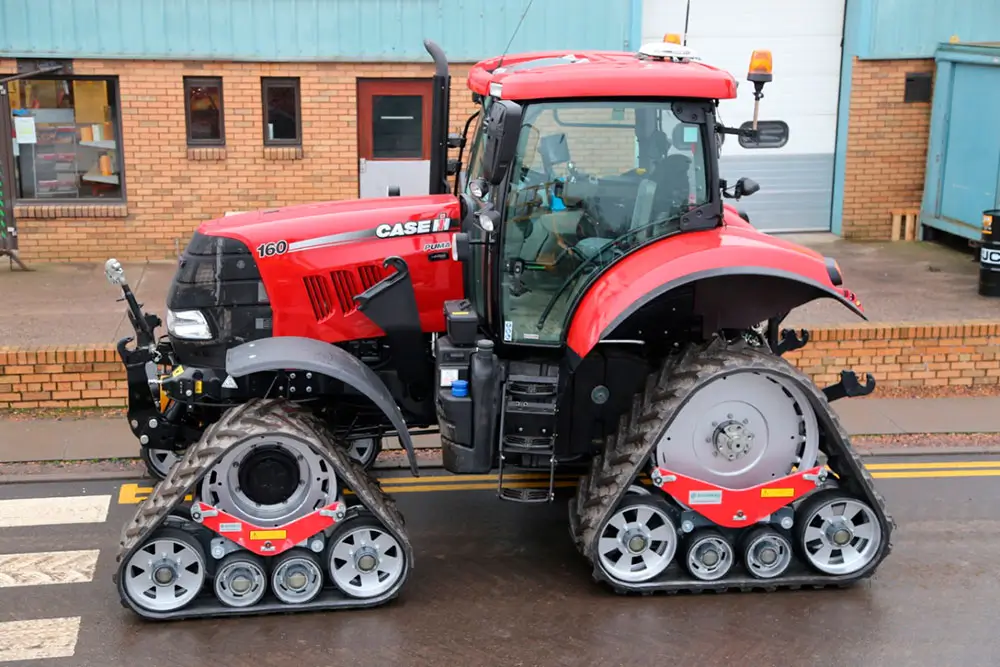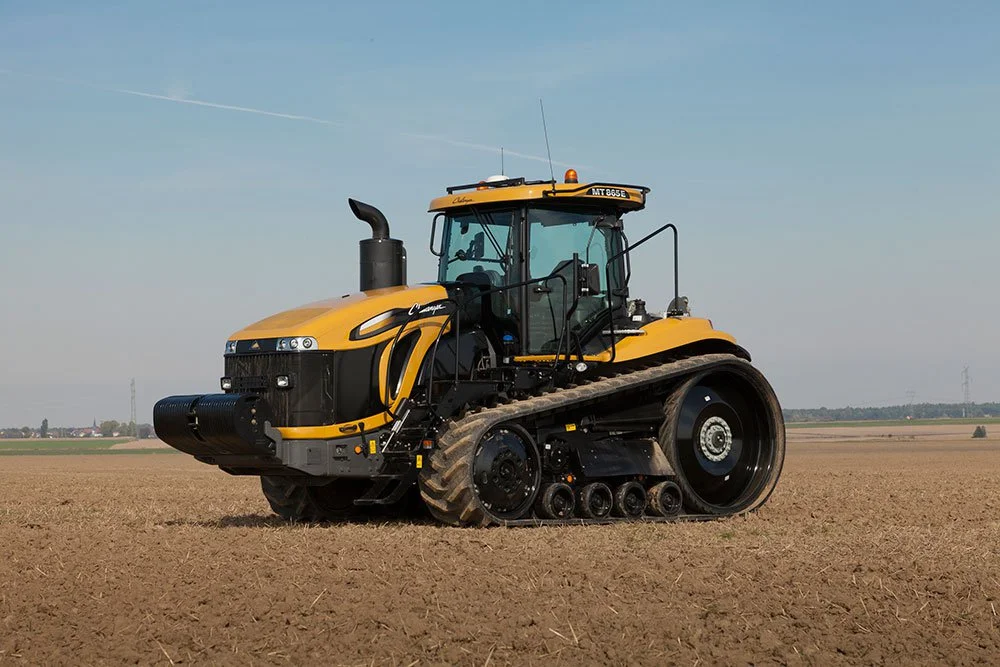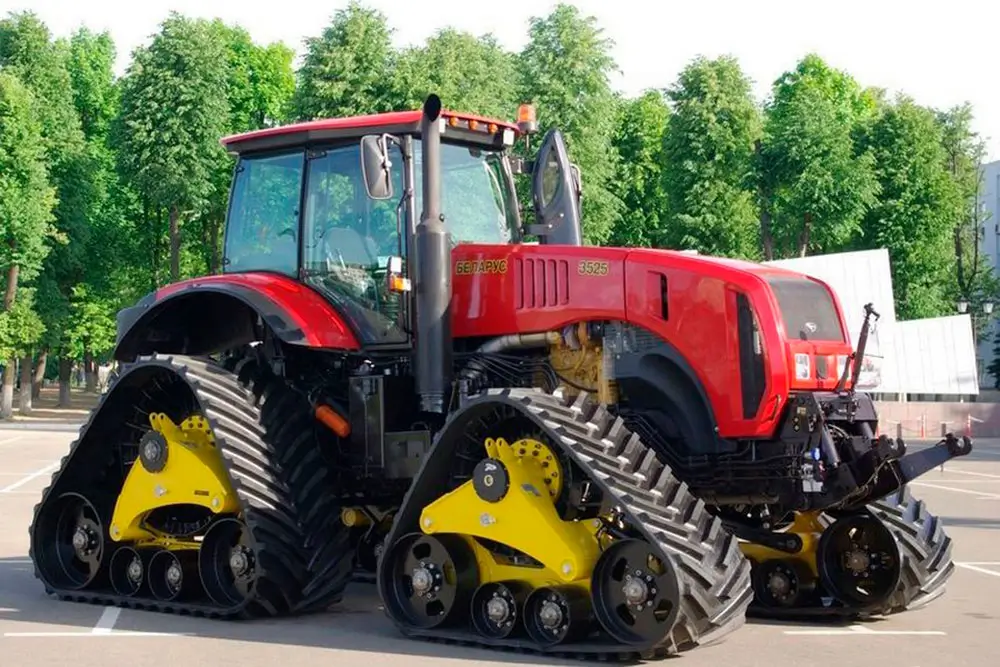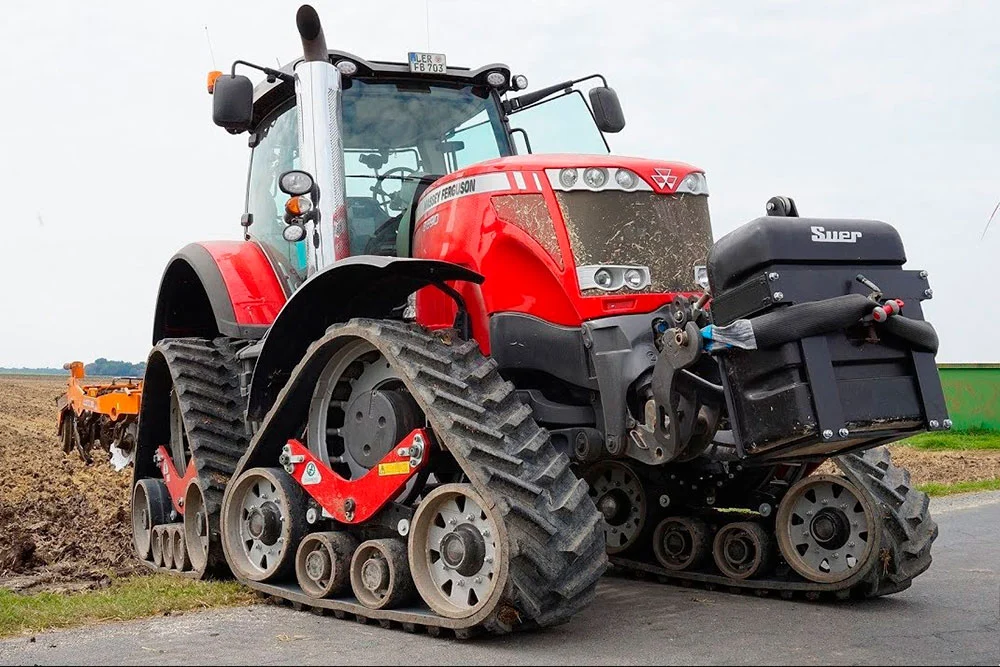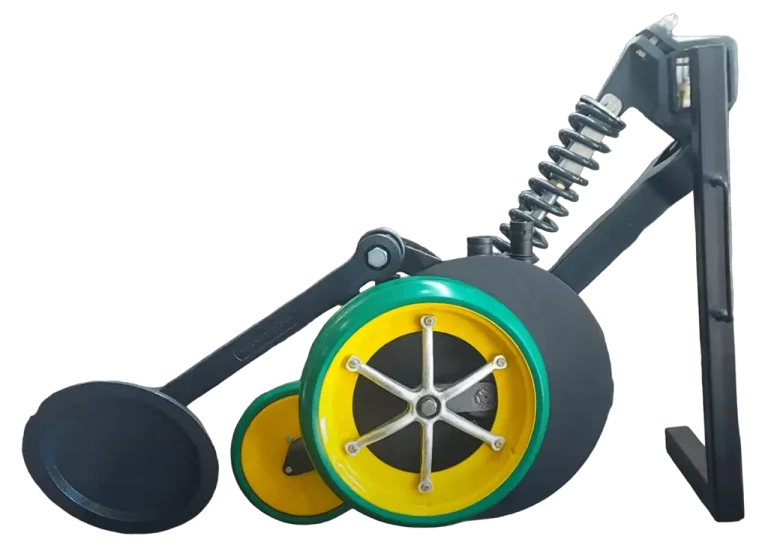Hydraulic Downpressure
Discover the Future of Efficient Agriculture
The system ensures a more uniform seeding depth, improving crop emergence and reducing soil compaction.
Limitations of Springs
The seeding units compress a large helical spring at each opener. The design of the system causes the spring, being almost parallel to the arm of the opener, to offer a very limited downward travel. This means the spring only operates optimally, applying the right amount of downward force, for about 1/2 cm of its entire range of motion. If the spring were oriented to push directly downward, this problem would be significantly reduced, but unfortunately, this is not the case.
Consequently, for these openers to operate effectively, it is essential to have perfectly leveled fields. Even minor depressions of just 1 cm can cause significant problems. When entering these depressions, the spring tends to relax, resulting in a loss of downward force. This leads to a reduction in the depth of the opener, subsequently causing issues with the emergence of the crops.
Another issue arises: compaction.
To counteract this effect, operators often increase the pressure to the maximum, causing most of the openers to exert too much pressure, to maintain acceptable operation in those encountering slight depressions.
This adjustment results in excessive compaction of most rows’ sidewalls, yet some still fail to maintain proper depth.
Additionally, this situation forces the addition of a significant amount of extra ballast on the planter’s chassis, further highlighting the need to remove factory-placed springs in the seeding units.
The solution: Eliminate the spring!
The hydraulic system corrects the deficiencies of spring-assisted equipment, offering uniform pressure that improves cutting and reduces side compaction.
Unlike springs, the hydraulic pressure control system operates without bouncing, maintaining smooth operation.
The system uses single-action cylinders and can be controlled from the tractor. To ensure proper functionality, we recommend using 1/2″ hoses to ensure efficient oil flow, requiring only 15 – 30 liters per minute of flow.
The solution: Eliminate the spring! The hydraulic system corrects the deficiencies of spring-assisted equipment, offering uniform pressure that improves cutting and reduces side compaction.
Unlike springs, the hydraulic pressure control system operates without bouncing, maintaining smooth operation.
The system uses single-action cylinders and can be controlled from the tractor. To ensure proper functionality, we recommend using 1/2″ hoses to ensure efficient oil flow, requiring only 15 – 30 liters per minute of flow.
Get a free quote or more details.
Ditch the springs and breathe new life into your planter.
- Improves residue cutting
- Uniform seeding depth on uneven terrain
- No need to add weight to the chassis to embed the discs
- Less soil compaction: Pressure is stable regardless of the terrain
- Better terrain contouring than the original springs
- All seeding units maintain the same pressure at all times.

